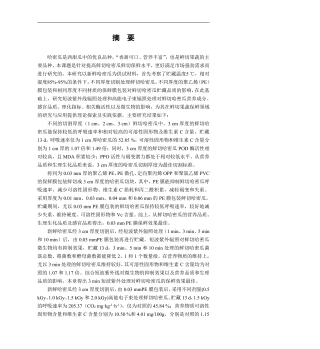上海市轨道交通危机管理研究
摘要近年来,国际范围内危机事件的发生概率呈明显上升趋势,危机管理作为管理学的一门新兴学科正快速发展。轨道交通是城市发展过程中的新兴事物,其危机管理研究仍处于初级阶段,目前尚未形成轨道交通危机管理的系统研究。2003年韩国大邱地铁发生火灾之后,轨道交通安全引起了学者的关注。在上海这座国际化大都市,且在世博会即将召开的背景下,研究上海市轨道交通危机管理具有重要的现实意义。本文从危机管理的理论基础出发,在总结了国内外危机管理的理论及发展进程之后,结合轨道交通行业的特殊情况,分析了轨道交通危机管理的研究成果。在此基础上提出了本文的研究视角和研究内容。本文首先对城市轨道交通危机进行了详细的分类研究,并对...
相关推荐
-
我国基层财政困难的制度成因分析与对策研究VIP免费
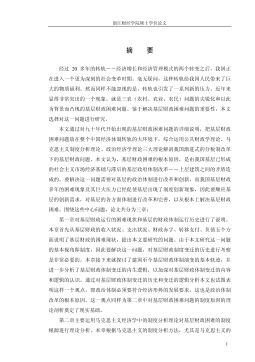
 2024-09-20 33
2024-09-20 33 -
我国煤电产业链纵向交易合约机制研究VIP免费
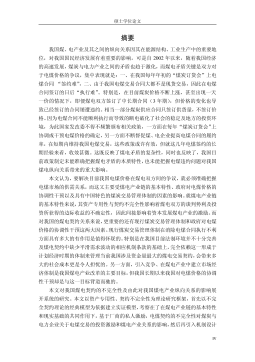
 2024-09-20 28
2024-09-20 28 -
生产要素视角下的上海市产业结构优化研究VIP免费
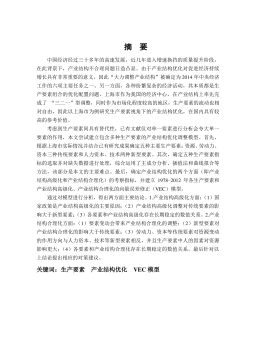
 2025-01-09 7
2025-01-09 7 -
我国银行业结构与经济结构关系研究VIP免费
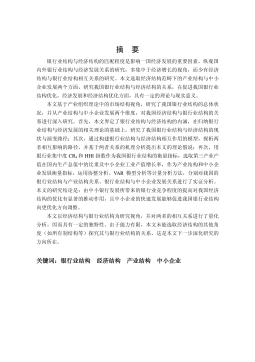
 2025-01-09 7
2025-01-09 7 -
大数据视角下农业供应链金融研究VIP免费

 2025-01-09 6
2025-01-09 6 -
跨国大型综合超市的规划研究VIP免费
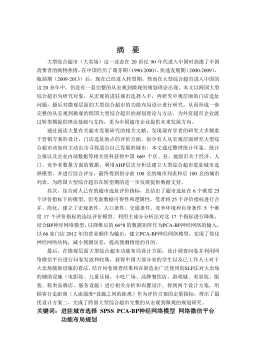
 2025-01-09 6
2025-01-09 6 -
跨境电商农产品质量安全问题研究VIP免费
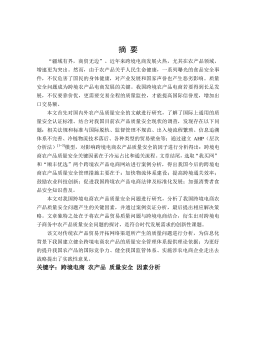
 2025-01-09 7
2025-01-09 7 -
世界市场的虚拟化与我国国际电子商务发展方向研究VIP免费
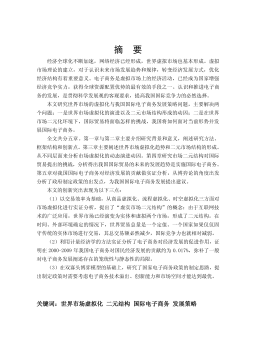
 2025-01-09 9
2025-01-09 9 -
中国政府对电力行业的价格规制问题研究VIP免费
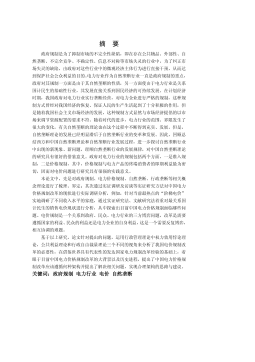
 2025-01-09 14
2025-01-09 14 -
中小企业信息化系统集成技术研究VIP免费
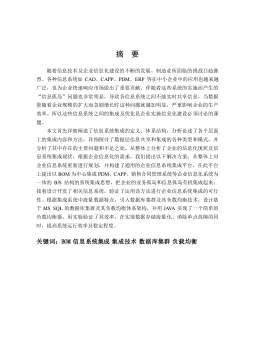
 2025-01-09 14
2025-01-09 14
相关内容
-

跨国大型综合超市的规划研究
分类:高等教育资料
时间:2025-01-09
标签:无
格式:PDF
价格:15 积分
-

跨境电商农产品质量安全问题研究
分类:高等教育资料
时间:2025-01-09
标签:无
格式:PDF
价格:15 积分
-

世界市场的虚拟化与我国国际电子商务发展方向研究
分类:高等教育资料
时间:2025-01-09
标签:无
格式:PDF
价格:15 积分
-

中国政府对电力行业的价格规制问题研究
分类:高等教育资料
时间:2025-01-09
标签:无
格式:PDF
价格:15 积分
-

中小企业信息化系统集成技术研究
分类:高等教育资料
时间:2025-01-09
标签:无
格式:PDF
价格:15 积分


